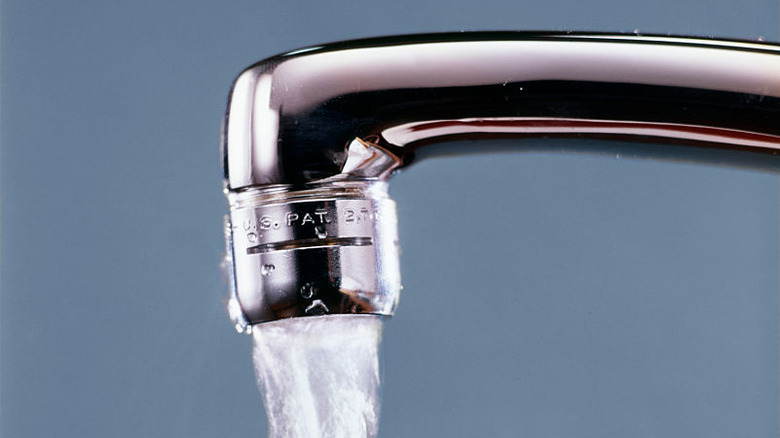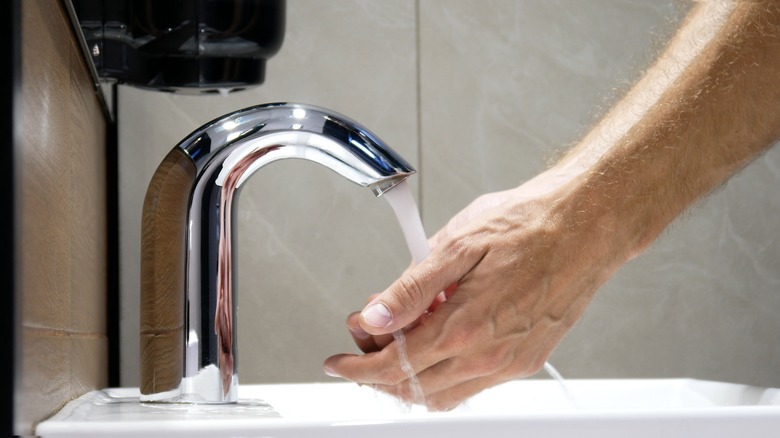Should You Invest In A Touchless Kitchen Faucet?
Choosing a new faucet may seem easy, but there are so many options in the market that anyone could feel a bit overwhelmed. While some homeowners like a classic feel for their homes, there's a large group looking for more luxurious gadgets to add to their spaces. Manufacturers are undoubtedly aware of this, and touchless faucets were introduced as part of a catalog of kitchen products entirely focused on convenience and luxury. These faucets and their design changed a lot through the years, and what we have today exceeds any expectations in past decades.
Touchless faucets feature sensors that allow you to start or cut the water flow without any physical contact. If you stand in front of one of these faucets, you just need to place your hands under the spout to get running water. Although they were introduced in the '80s for commercial use, it wasn't until the '90s that companies launched these types of faucets for the home market. Today, touchless faucets are extremely popular, but are they suitable for your kitchen?
What are the advantages of touchless faucets?
The first reason to buy one of these advanced faucets is that they will reduce the spread of germs and bacteria all over your kitchen. Remember, you can cook and use them like you usually would without any need to touch them; this makes them extra hygienic. If you care a lot about hygiene and want peace of mind regarding your health, these will definitely help.
The second reason is that they'll reduce your water consumption in the kitchen. If you use your sink often, you probably leave the tap running while doing other quick tasks. Most touchless faucets come with an auto shut-off feature. This is greatly useful for people who want to save as much water as possible while keeping themselves busy in the kitchen.
The third reason, and the most important for many homeowners, is the convenience and ease of use. People with disabilities will enjoy these features, and homeowners focusing on a luxury feel will also appreciate these gadgets.
What are the disadvantages, then?
One of the most significant disadvantages of touchless kitchen faucets is how feature-limited they are while working in hands-free mode. Commonly missed features include changing the water's temperature, volume, or some of the spray functions. As the hands-free mode is often advertised as a feature itself and not as the primary operation mode, you'll need to switch to manual mode to tinker with all these other functions on most of these faucets.
The other major drawback is the price; this includes the cost of the unit, its installation, and the maintenance costs associated with it. Touchless faucets cost around 45 to 75% more than regular faucets from the same manufacturers. On top of that, the electric parts and sensors within the unit will need more maintenance after they are installed. You will also need to consider the added power cost on your bill.
Ultimately, you must consider your needs and budget before making any determinant decision. Whether you like a more traditional approach or love to collect crazy kitchen gadgets, a touchless faucet may be the upgrade you want and didn't even know about; if you're on the luxurious end of the spectrum, it should be a no-brainer.


